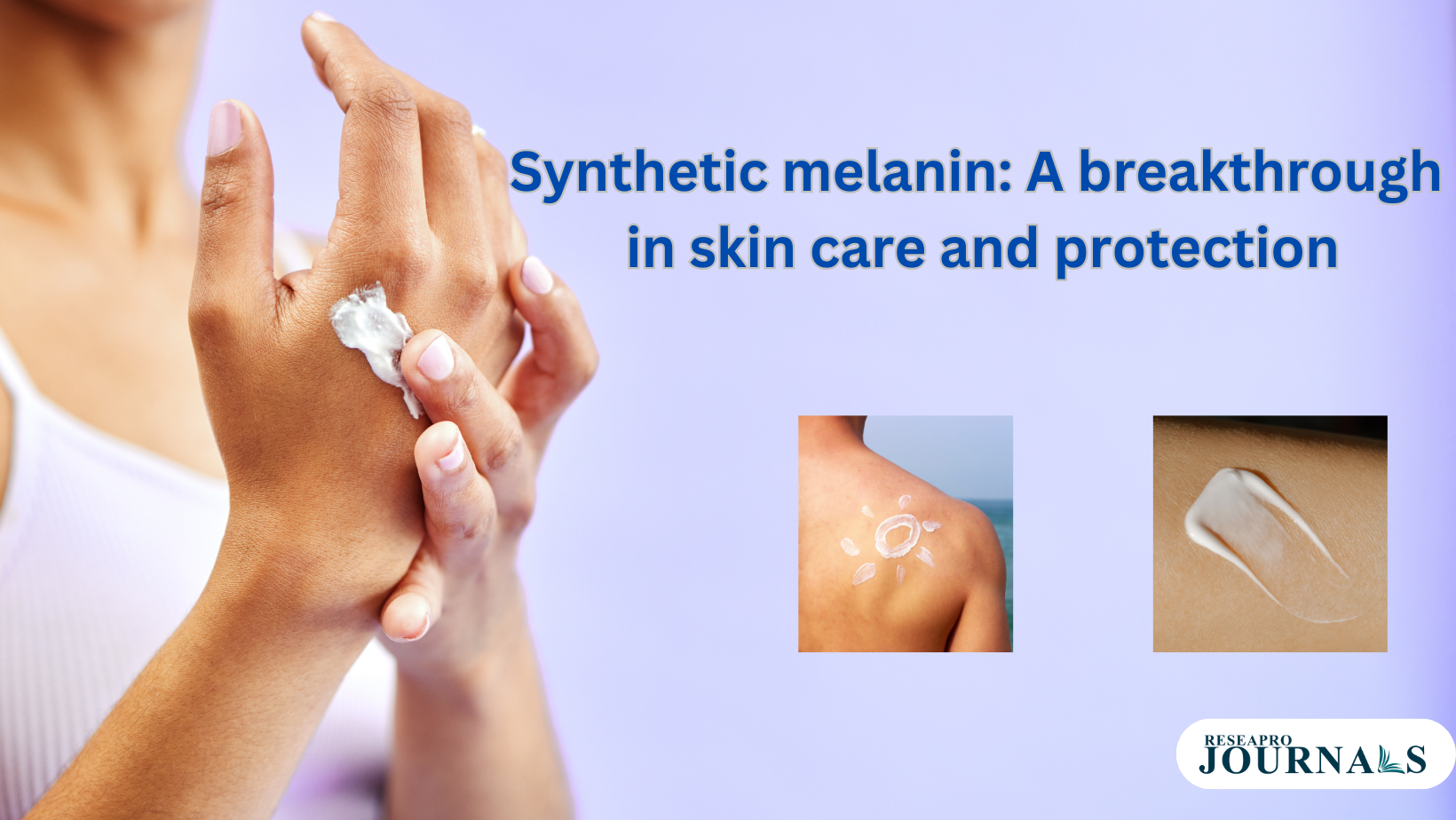|
Getting your Trinity Audio player ready...
|
Northwestern University researchers have developed a synthetic melanin with potential applications in skin repair and protection. The biomimetic melanin, mimicking natural melanin found in human skin, has shown the ability to accelerate wound healing when applied topically to injured skin. The study, published in Nature npj Regenerative Medicine on November 2, 2023, reveals the synthetic melanin’s dual effects on both the skin and the overall systemic healing process.
The synthetic melanin, when formulated into a cream, demonstrates the capability to shield the skin from sun exposure and promote healing in skin damaged by sunburn or chemical burns. Its mechanism involves scavenging free radicals generated by injured skin, such as those resulting from sunburns. Unchecked free radical activity can lead to cellular damage, contributing to skin aging and potential cancer development.
Human and animal melanin provides pigmentation to skin, eyes, and hair, protecting cells from sun damage through increased pigmentation in response to sunlight. The synthetic melanin developed by the Northwestern scientists surpasses human melanin in free radical scavenging capacity. Co-corresponding author Nathan Gianneschi describes it as “super melanin,” emphasizing its biocompatibility, degradability, non-toxicity, and transparency when applied to the skin.
The synthetic melanin, once applied, remains on the skin’s surface without absorption into underlying layers. Its stability and healing properties set the skin on a regenerative pathway, both superficially and systemically throughout the body. Initially tested as a sunscreen, the synthetic melanin proved effective in protecting the skin and cells from damage. The researchers then explored its potential as a topical application after skin injuries, finding that it facilitated healing by soaking up free radicals and reducing inflammation. Dr. Kurt Lu envisions the synthetic melanin cream as a versatile solution, serving as a sunscreen booster, moisturizer enhancer, and potentially aiding in the healing of blisters and open sores.
Beyond its applications in skin repair and protection, the synthetic melanin is part of ongoing research programs funded by the U.S. Department of Defense (DOD) and the National Institutes of Health (NIH). Its potential use as a dye for clothing that absorbs environmental toxins, including nerve gas, has been explored. The researchers have engineered the synthetic melanin to optimize absorption of toxic molecules.




